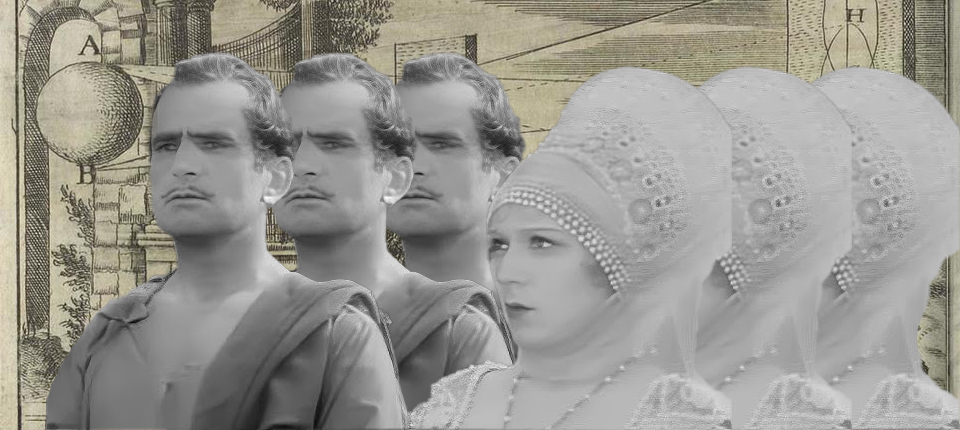In June 1925, Richard Aldington, writing to Herbert Read, wondered “why TSE is so very bitter against Lytton Strachey”.
In his biography of Strachey, Michael Holroyd discusses an anonymous TLS review (March 4, 1926) of Arthur Quiller-Couch’s Oxford Book of English Prose. He identifies the author as T. S. Eliot, who compares the final paragraph of Strachey’s Queen Victoria with a bravura passage in Joyce’s Ulysses – from “Proteus”, ending with “a drying line with two crucified shirts”. The reviewer is bent on illustrating the power of the visual image in good prose and its nullity in bad prose: “here in eighteen lines are eighteen images or analogies, not one of which is original, not one of which is freshly felt or sincerely evoked, and consequently not one of which evokes in the mind of the reader the definite image it actually portends”. It sounds like Eliot at his most astringent.
The Joyce isn’t in the anthology: “A porterbottle stood up, stogged to its waist, in the cakey sand dough. A sentinel: isle of the dreadful thirst”. The Strachey is respectfully, definitively, demoted: “Lytton Strachey’s writing is not altogether bad … Indeed, it has all the conditions of fine prose – wit, elegance, readability – but few of its essential qualities”. Holroyd reports that Strachey “let the paper fall to the ground, sorrowfully telling his friend George Rylands that its strictures against himself as a ‘would-be writer’ were entirely justified, every one of them.”
I remembered this review when I was reading my way through the four-volume T. S. Eliot: The collected prose, edited by Archie Burnett. Right at the end of Volume One is Eliot’s corrective review, in the TLS (December 6, 1928), of Strachey’s Elizabeth and Essex: A tragic history (1928). Eliot proposes an alternative to the widely perceived iconoclast: instead, a “genuine passion for genuine royalty”. He is struck by Strachey’s insistence on the inscrutability of human beings – an idea that chimes with Eliot’s own belief. In May 1941, Eliot’s eulogy for Virginia Woolf says: “No one can be understood”. Compare his comment on Lady Chatterley’s Lover in July 1931: “what a pity that [Lawrence] did not understand the simple truth that of any two human beings each has privacies which the other cannot penetrate.” Likewise Eliot’s essay on Massinger (May 27, 1919): “the dramatist need not understand people; but he must be exceptionally aware of them.”
The 1928 review of Elizabeth and Essex has three long quotations, with this feline analysis: “this is finely said, and illustrates … Mr Strachey’s taste for employing the cheap phrase or word: to ‘tack hectically’, ‘appalling necessity’, ‘shreds of consistency’, ‘sheer style’; it is out of such material that Mr Strachey constructs his remarkable prose. But it is also just, and has not been said so well before”. Where do we stand? The verdict is poised between the fulsome and the disingenuous, damaging quotation – like the eighteen phrases quoted in the 1926 Quiller-Couch review. Which is omitted from Volume One of the chronological Burnett edition.
It isn’t there because Holroyd is mistaken. The review attributed to Eliot by Holroyd is in fact by Herbert Read, as the TLS archive records.
However. Had there been conferring and collusion between Read and Eliot, given their close Criterion collaboration? Was the extended comparison with Ulysses Eliot’s suggestion, for example? Earlier, in July 1921, Eliot had written about Strachey’s Queen Victoria for The Dial: there is a “vogue” for Strachey “at every level”. But the poise between positive and negative is already apparent: “It would be absurd to say that the vogue of the book is not deserved, equally absurd to say that it is deserved, since vogue and the merits of a book have nothing in common”. Tellingly, the Herbert Read comparison with Joyce is already trailed by Eliot in 1921: “art has to create a new world, and a new world must have a new structure. Mr Joyce has succeeded, because he has very great constructive ability”. Constructive ability. Not a great style, radical, original, as opposed to a fine, familiar style. The comparison isn’t as telling, as specific, as it is in 1926. But the germ of Read’s 1926 review is there in Eliot’s London Letter in 1921.
Eliot might not want, even anonymously, politely, to flay Strachey’s prose. Anonymity is easily breached. Strachey was an important, influential Bloomsbury figure. Or maybe there was a delicate private motive that made vehemence inadvisable – inadvisable because perhaps insinuating (to Strachey) a bigoted, hidden, homophobic agenda.
Eliot reported to Emily Hale (March 24, 1931) that twelve years previously (in 1919), Strachey had propositioned him – “he went down on his knees and kissed me”. (Kissed him where, you wonder.) Eliot’s account stresses that the pain was all on Strachey’s side: “I am afraid he was really hurt; he is a sensitive person, and after all he can’t help being like that, and I do like him otherwise”. Urbane and untainted by dislike. Worldly, even.
We cannot now know what, if anything, Eliot contributed to Read’s review. But I don’t think Eliot can have been ignorant of Read’s assignment.
Craig Raine is Emeritus Fellow in English at New College, Oxford. His most recent book is My Grandmother’s Glass Eye: A look at poetry, 2016
The post T. S. Eliot and Lytton Strachey appeared first on TLS.

 By Times Literary Supplement | Created at 2024-10-29 21:41:40 | Updated at 2024-10-30 15:23:05
2 weeks ago
By Times Literary Supplement | Created at 2024-10-29 21:41:40 | Updated at 2024-10-30 15:23:05
2 weeks ago



